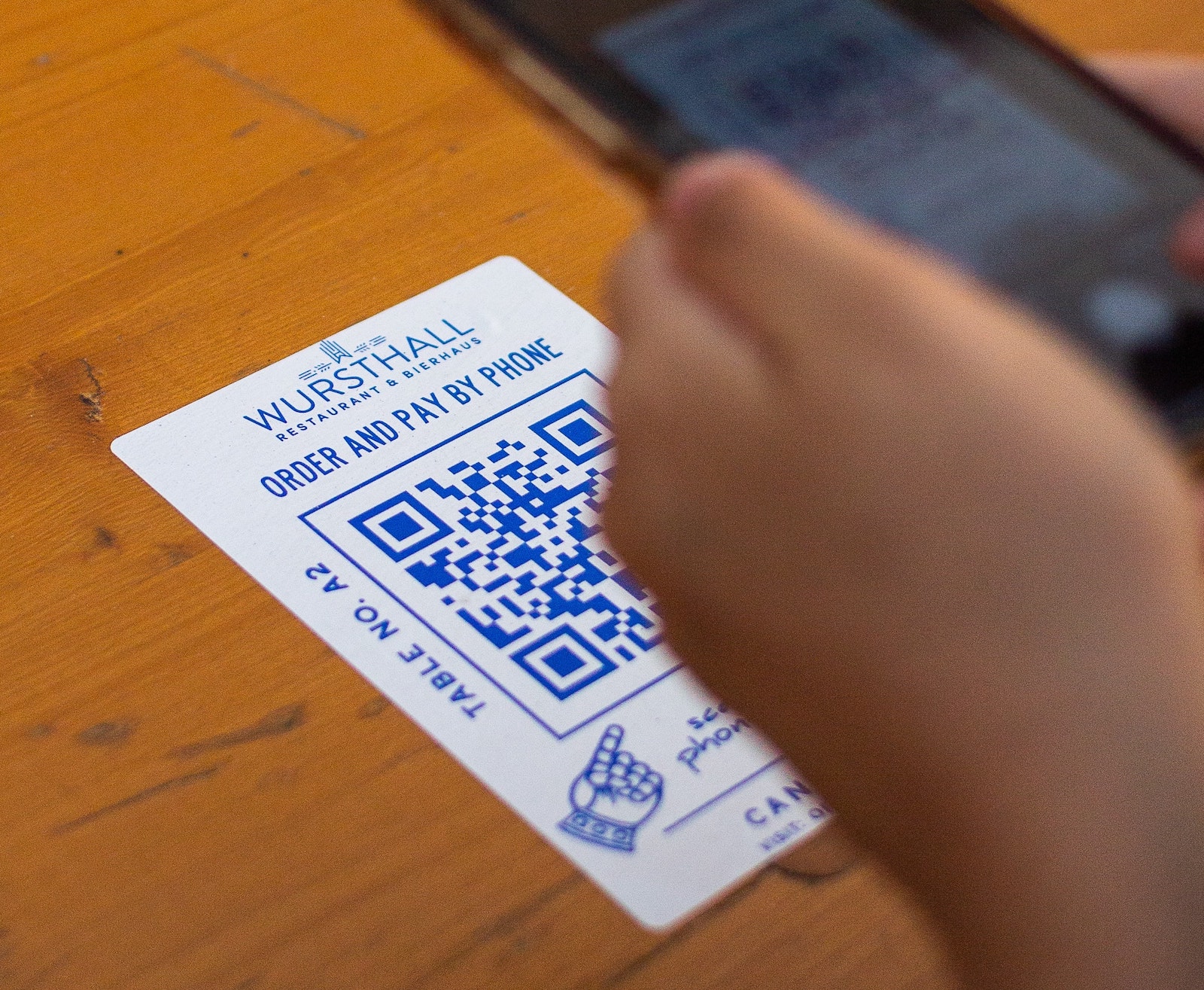"The Committee feels that a relook into the Merchant Discount Rate (MDR) in UPI transactions and the structure of Payment Service Provider (PSP) fee is essential as financial transactions via UPI are expected to increase further in the future. The Committee, therefore, recommends the National Payments Corporation of India (NPCI) and Ministry of Finance to undertake comprehensive stakeholders' consultation in this regard," the Parliamentary Standing Committee on Commerce said in its report on Promotion and Regulation of E-Commerce in India presented to the Rajya Sabha on June 16. What is MDR? For each transaction involving credit cards, debit cards, net banking, and digital wallets, the merchant usually pays a certain percentage of the transaction amount, known as Merchant Discount Rate (MDR), which is divided among the banks and payment service providers for their services. Credit cards, for example, attract around 2 percent MDR, meaning for every Rs. 1,000 that a merchant gets paid, Rs. 20 will go as fees. But UPI and RuPay debit cards attract zero percent MDR charges due to government regulations, which is what makes them popular among merchants. Why are banks not happy with zero-MDR? While MDR has been waived for merchants, "banks still have to pay PSP (Payment Service Provider) fee to service providers like GooglePay, Paytm, PhonePe, etc," the Committee noted. "Banks made a submission to the Committee that the MDR on UPI transactions may be reintroduced and the PSP fee, switching fee and interchange fee are restructured so that all participant banks/PSPs in the UPI ecosystem share the payable fee proportionately,"…





























